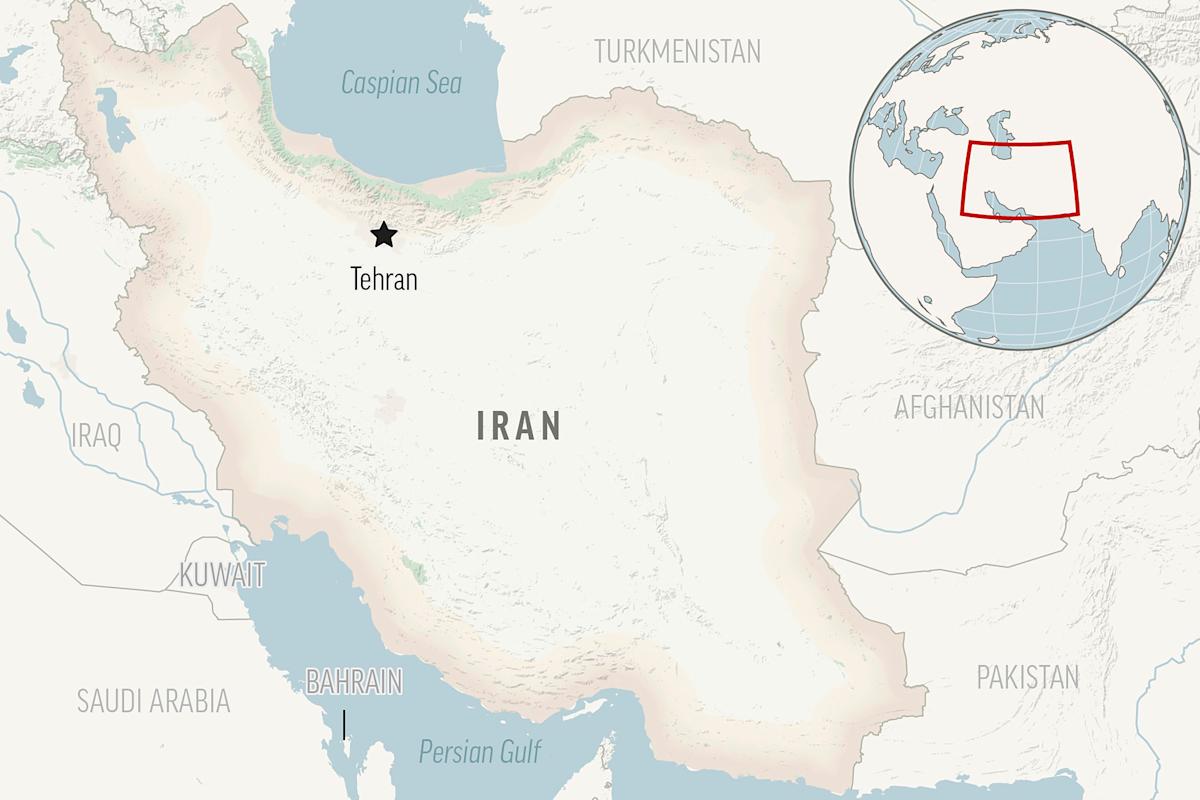Economic Meltdown: Iranian Rial Plummets to Unprecedented Depths Amid Escalating Geopolitical Pressures

Iran's currency hit a devastating new milestone on Saturday, with the rial plummeting to an unprecedented low against the U.S. dollar as the nation resumed normal activities following the extended Nowruz holiday period. The economic strain became particularly acute during the Persian New Year celebrations, when currency exchanges were shuttered and street-level trading drove the rial's value to over 1 million rials per dollar.
The informal trading environment during the holiday created additional market volatility, exacerbating the already fragile economic conditions. Traders and financial analysts watched with growing concern as the rial continued its dramatic descent, reflecting broader economic challenges facing the country.
The sharp decline underscores the ongoing economic pressures confronting Iran, with currency instability serving as a stark indicator of the nation's complex financial landscape. As markets reopened, the continued depreciation of the rial highlighted the persistent economic uncertainties that continue to challenge the country's financial stability.
